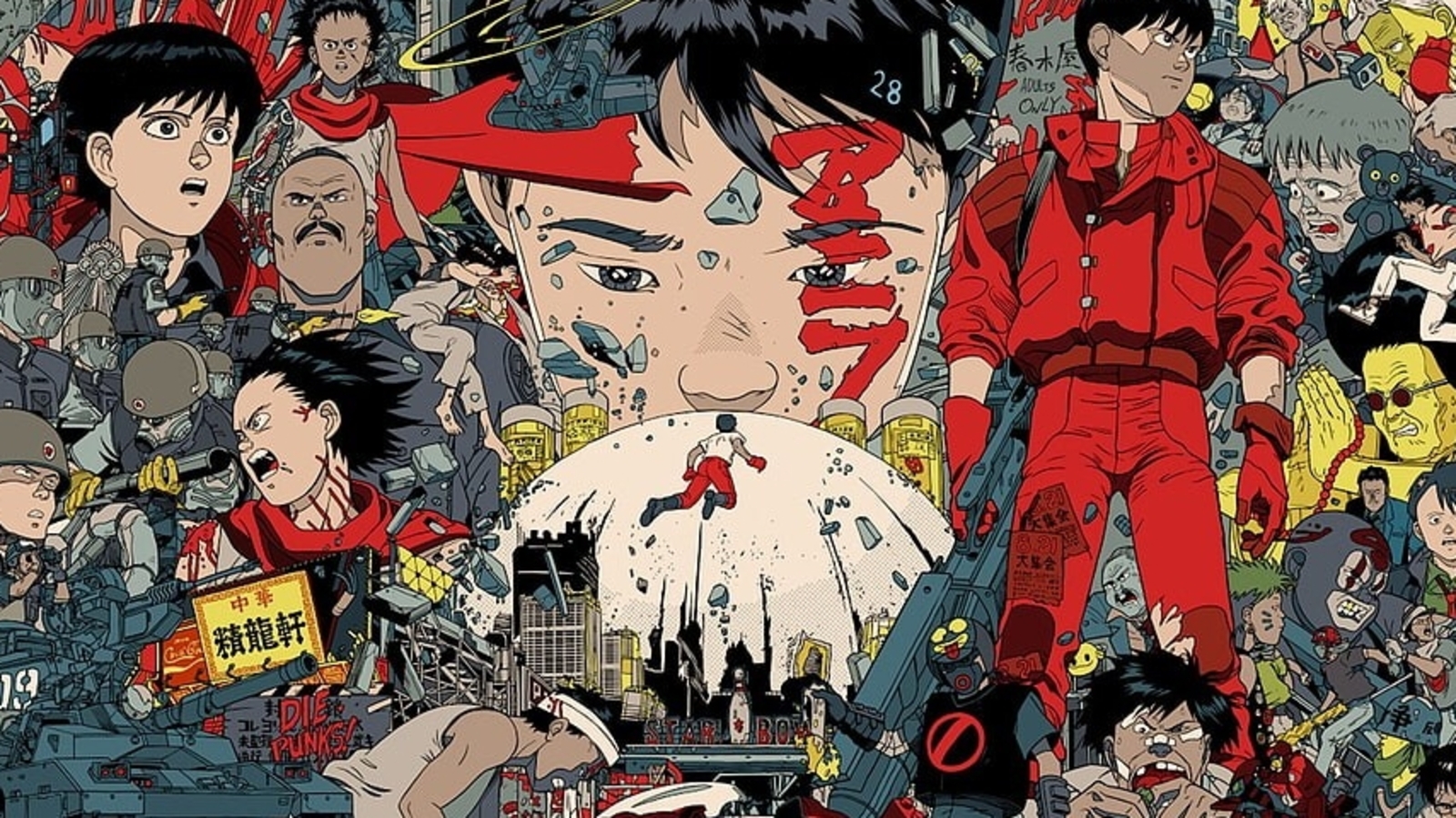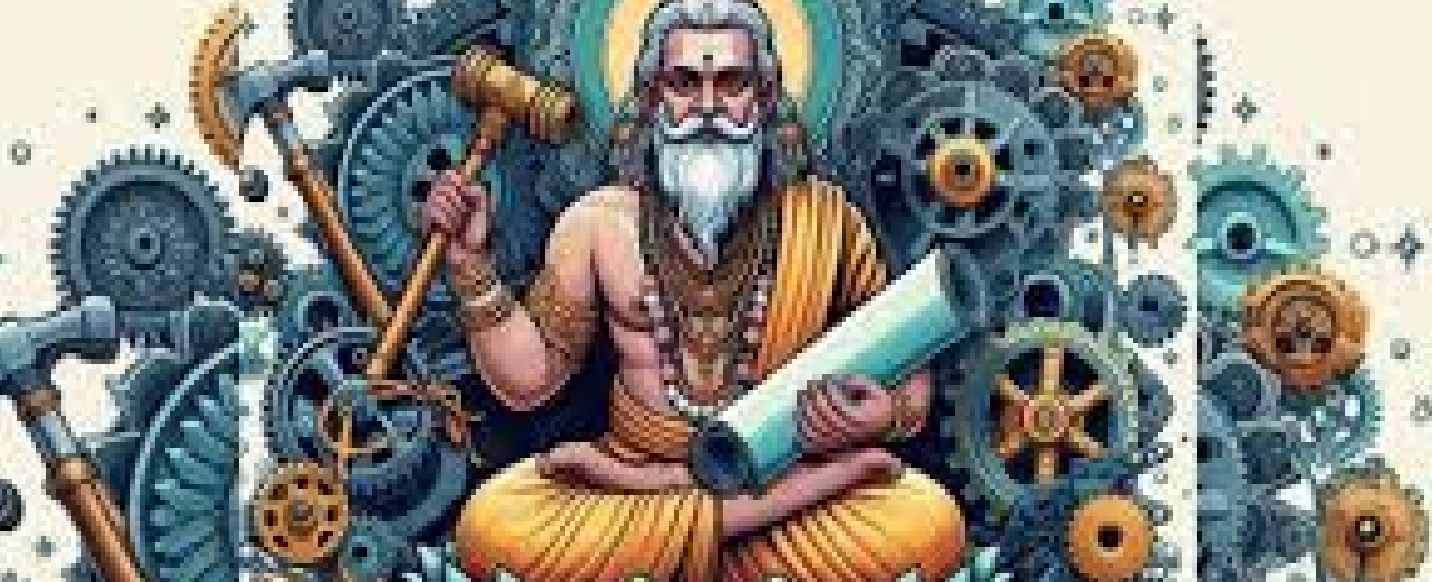In 2023 the Science Fiction and Fantasy Writers of Japan celebrates its sixtieth anniversary. A member of the group writes about its history, introducing some of the luminaries who have guided it—and Japanese sci-fi as a whole—for more than a half-century.

Japanese Science Fiction and the SFWJ
Japanese science fiction is probably best known internationally for its many giant monster and robot films in the tradition of Godzilla, and for futuristic anime such as Tetsuwan Atomu (Astro Boy) and Akira. In fact, though, it represents a long and varied tradition, little known or understood in the West.
Ever since the 1960s, one organization has been central to the growth and development of SF in the Japanese archipelago: the Science Fiction and Fantasy Writers of Japan (SFWJ). With the SFWJ celebrating its sixtieth anniversary this year, I trace the evolution of the association over more than half a century in this two-part series.
The Nihon SF Sakka Kurabu (SF Writers Association of Japan), as the SFWJ was originally named, was inaugurated on March 5, 1963, at the Taiwanese restaurant Sanchinkyo, located in the Nishi-Shinjuku area of Tokyo.
Present were its 11 founding fathers. Eight of these—Ishikawa Takashi, Kawamura Tetsurō, Saitō Morihiro, Saitō Hakukō, Hanmura Ryō, Mori Yū, Mitsuse Ryū, and Yano Tetsu—would remain at the center of Japanese SF over the coming decades as scholars, translators, editors, critics, and authors. The editor Fukushima Masami would serve as de facto chair of the group. The remaining two founders, authors Komatsu Sakyō and Hoshi Shin’ichi, would be named among the “Three Masters” of Japanese science fiction, along with Tsutsui Yasutaka, who would join the club shortly thereafter.
SF Author Hoshi Shin’ichi in his later years. (© Kyōdō)
A Pioneering Editor Leads the Way
Histories of American science fiction usually credit certain key editors with playing a pivotal role in the formation of the genre. The most famous, perhaps, are Hugo Gernsback and John W. Campbell, who served as editors of legendary magazines from the SF golden age, Amazing Stories and Astounding Stories, respectively. These two figures are the namesakes of two of science fiction’s most prestigious awards, the Hugo and the John W. Campbell.
There is, of course, no one-to-one equivalent for either Gernsback or Campbell in Japanese SF. However, Fukushima Masami could lay claim to many analogous achievements. In 1959, he founded and became editor-in-chief of SF Magazine, Japan’s first and now longest-running sci-fi monthly, and later proposed two crucial ideas: an international SF symposium, held during Fukushima’s lifetime in 1970, and a Japan SF prize, established several years after his death in the form of the SF Grand Prix.
Fukushima was also the leading figure behind the founding of the SFWJ. His main objectives, as recorded on an open-reel tape recorder brought to the inaugural meeting at Sanchinkyo, were to distinguish professionals from amateurs and achieve recognition for a genre whose creators were often viewed as “abnormal.”
During Japan’s SF golden age in the 1960s, many authors would cut their teeth writing for Uchūjin (Cosmic Dust), Japan’s first and longest-running fanzine, debut as pros in SF Magazine, land book deals with publishers such as Hayakawa Shobō, and hopefully be inducted into the SFWJ. In this way, club membership would serve as a symbol of prestige and a crucial element in the industry for decades to come.

For some members, joining the SFWJ was life-changing.
“As a reader of SF since childhood, it was a legendary organization,” says Kusaka Sanzō, a prolific SF editor who joined in 1999. “I never imagined I would be a member myself. It was like a dream come true.”
“For people in fandom like me, interacting with our favorite authors was like having beings from heaven descend to the mundane world to hang out with us,” says Kotani Mari, a feminist SF critic and theorist who is widely credited with being the first cosplayer in history. “That’s why I was ecstatic to join the ranks of the SFWJ. I still feel that excitement now.”
For others, the personal significance of SFWJ membership has been more ambiguous.
“When I joined, the SFWJ had the character of a social club. Since I’m the sort of person who keeps few friends and has trouble getting involved in lively group conversation, I took my induction as a procedural matter,” says Tobi Hirotaka, a leading author of the so-called third generation and recipient of multiple awards, including four Seiuns and two SF Grand Prixes. “I was neither especially happy nor sad.”
The Three Masters
The Three Masters—Komatsu Sakyō, Tsutui Yasutaka, and Hoshi Shin’ichi—are the “first generation” of SF authors commonly considered most influential. A comparison with the Big Three of post–World War II anglophone sci-fi—namely Arthur C. Clarke, Robert A. Heinlein, and Isaac Asimov—is tempting, but potentially misleading, as the oeuvres of their putative counterparts are highly distinctive.
Komatsu Sakyō at his home in 2002. (© Kyōdō)
Komatsu Sakyō (1931–2011) was 10 years old when Japan attacked Pearl Harbor. He cites his experiences during the war as his prime motivation for writing science fiction. He studied Italian literature at Kyoto University before starting out as a writer of literary short stories and then converting to hard science fiction after stumbling upon the first issue of SF Magazine. Komatsu is best known for his 1973 novel Japan Sinks, in which the Japanese archipelago sinks beneath the Pacific Ocean and the surviving refugees form a diaspora. The apocalyptic novel would go on to sell 4.6 million copies and to be adapted as a 2021 drama, as well as the Netflix animation Japan Sinks: 2020. Of the Three Masters, Komatsu was perhaps the most cerebral and prophetic, exploring complex ideas through scientifically informed, intricate novels and numerous short stories.
Tsutsui Yasutaka (1934–) wrote his master’s thesis at Dōshisha University in Kyoto on psychoanalysis and surrealism, traces of which can both be found throughout his sprawling corpus. A humorous, provocative, and highly prolific author known for spanning and bending multiple genres, Tsutsui’s most popular work is his 1967 juvenile novel The Girl Who Leapt Through Time, which has been adapted into several films, television shows, manga works, and an anime film. He also wrote a short story that parodies Japan Sinks, titled “Everything Sinks Except Japan.” Of the Three Masters, Tsutsui is the most experimental and versatile, winning numerous SF awards before going on to garner literary recognition in the 1990s and 2000s, both within and outside of Japan.
Tsutsui Yasutaka in 2006. (© Kyōdō)
Hoshi Shin’ichi (1926–97) was a graduate of the prestigious University of Tokyo and the son of the founder of major pharmaceutical company Hoshi Pharmaceuticals, for which he briefly did a stint as president. Hoshi, the co-founder of Uchūjin, did write several novels, but he is primarily revered as the God of “short-shorts,” eventually penning over 1,000 flash-fiction works. These run the gamut from science fiction to fantasy, horror, and fabulism. He was the only one of the Three Masters who never won an SF Grand Prix for his fiction, but he did have the distinction of writing the first Japanese SF story to appear in English. This was Bokkochan, the titular story of his most famous collection, about a robot bar hostess who proves a femme fatale despite her total lack of intelligence. Translated into English by fellow founding father Saitō Hakukō (under his legal name Noriyoshi), it appeared in the June 1963 edition of the Magazine of Science Fiction and Fantasy.
Although widely revered, the Three Masters are by no means the only significant first-generation SFWJ members. Others include authors Hanmura Ryō, Hirai Kazumasa, and Mayumura Taku, not to mention the early manga creator Osamu Tezuka, whose sci-fi series Astro Boy would give birth to anime in the same year that the club was founded.
An International SF Symposium
In 1970, at the height of the Cold War, the SFWJ hosted science fiction luminaries from both the Eastern and Western blocs for an event known as the International SF Symposium. It was specifically arranged to coincide with the World Exposition held in Osaka; both events were the first of their kind in Asia.
“British author Brian Aldiss wanted to attend the Japan World Exposition and said, why not turn my visit into a symposium?” says Tatsumi Takayuki, professor emeritus of Keiō University and the world’s leading expert on Japanese cyberpunk. “Komatsu Sakyō accepted the offer and served as organizer.”
In addition to Aldiss, overseas participants included fellow Brit Arthur C. Clarke, American author Frederick Pohl, Canadian author and anthologist Judith Merril, and a number of Soviets, including editor Vasily Zakharchenko, writer Yeremey Iudovich Parnov, and H. G. Wells scholar Yuly Kagarlitsky. Held from August 29 to September 3, the symposium joined conventions in multiple cities, beginning in Tokyo, travelling to Nagoya, Aichi, and concluding in Ōtsu, Shiga, before a final visit to the nearby Expo ’70.
This experience would leave Merril so enamored of the domestic scene, Tatsumi explains, that she would remain in the country for two years to see local works translated into English. Her efforts did not immediately succeed, but they laid the groundwork for the first ever anthology of Japanese SF in English, The Best Japanese Science Fiction stories, published in 1989.
The Japan SF Grand Prix
In 1980, the SFWJ established the Japan SF Grand Prix, an award given out annually to an SF-related work published from September 1 of the previous calendar year to August 31.
Japan’s other major SF award, the Seiun, had existed since 1970, but whereas the Seiun was essentially Japan’s equivalent of the Hugos, voted on by fans who attended the Japan SF Convention, the Grand Prix would be chosen by SF professionals—in particular by a jury formed of SFWJ members. In being a juried award it is also distinct from the older Nebula Awards, which are voted on by the Science Fiction and Fantasy Writers Association (formerly the Science Fiction Writers of America) membership.
The SF Grand Prix was funded by publisher Tokuma Shoten through a special personal arrangement between then President Tokuma Yasuyoshi and Komatsu. Not restricted to literature, works in in any medium—from criticism and nonfiction, to anime and cinema—have been eligible for Grand Prix consideration from the outset. One of the earliest recipients, for example, was Ōtomo Katsuhiro for his manga Dōmu, a first try at a story similar to his later hit Akira.
The Heyday of SF in the Bubble Era
In the 1980s, when many Americans feared that Japan would gain technological supremacy and Japan itself came to represent the future to the world, inspiring cyberpunk writers like William Gibson (in his 1984 novel Neuromancer) to use the country as a science fictional setting, Japanese readers began to devour SF works like never before.
The number of SF publications released annually reached 400 in 1980 and peaked at 447 in 1985, with SF books typically printed in editions of 30,000 copies each. The economy was booming, salaries and stock prices climbed to all-time highs, and SFWJ authors could count on lucrative book deals.
The 1980s also saw female SFWJ members rise to the fore, including Motoko Arai, credited with pioneering the light novel sub-genre in such works as her Seiun-winning short story “Green Requiem,” and Mariko Ōhara, a feminist author known for exploring cyberpunk-inspired themes of body modification and gender in such novels as Hybrid Child, another Seiun winner.
While Japan’s science seemed ready to take over the planet, its science fiction had already taken over the country. But like the economy at large, the boom times were not to last. Beginning slowly in the latter half of the decade and accelerating after the collapse of the financial bubble in 1989, Japanese SF would enter into decline for more than a decade. This would kindle fresh controversy within the industry and force the SFWJ to evolve as it moved toward the new millennium.
Let’s explore a selection of notable Japanese sci-fi books, both in chronological order and based on popularity:
- “Never Let Me Go” by Kazuo Ishiguro: This haunting novel follows three friends who grow up at an idyllic English boarding school. As they mature, they discover a dark secret about their existence: they are destined to become organ donors for society. Ishiguro’s exploration of humanity, scientific morality, and love is both profound and heartbreaking1.
- “Akira” by Katsuhiro Otomo: Set in post-apocalyptic Neo-Tokyo, this graphic novel revolves around two teenage friends, Tetsuo and Kaneda, who are part of a biker gang. After a motorcycle accident, Tetsuo develops telekinetic abilities, and the military takes an interest in him. The story delves into themes of power, corruption, and identity against a cyberpunk backdrop1.
- “The Ghost In The Shell” by Shirow Masamune: In a future where cybernetic enhancements and artificial intelligence blur the lines between humanity and machines, Major Motoko Kusanagi hunts a mysterious hacker known as the Puppet Master. Themes of identity, consciousness, and what it means to be human are central to this narrative1.
- “All You Need Is Kill” by Hiroshi Sakurazaka: This gripping novel involves a soldier caught in a time loop, reliving the same battle against alien invaders. The story explores themes of war, sacrifice, and the impact of technology on human lives2.
- “Dawn” (Legend of the Galactic Heroes, #1) by Yoshiki Tanaka: A space opera that delves into political intrigue, war, and the clash of ideologies across the galaxy. The Legend of the Galactic Heroes series is a classic in Japanese science fiction2.
- “Ten Billion Days and One Hundred Billion Nights” by Ryu Mitsuse: A cosmic epic that spans billions of years, exploring themes of immortality, gods, and the fate of the universe. It’s a thought-provoking journey through time and space2.
- “The Stories of Ibis” by Hiroshi Yamamoto: A collection of interconnected stories that blend science fiction and mythology. It delves into AI, human emotions, and the impact of technology on society2.
- “新世界より” (“Shinsekai Yori”) by Yusuke Kishi: This dystopian novel is set in a world where psychic abilities shape society. It raises questions about power, ethics, and the consequences of human evolution2.
- “Orbital Cloud” by Taiyo Fujii: A techno-thriller involving space debris, international tensions, and a high-stakes mission to prevent disaster. Fujii’s novel combines science fiction with real-world space challenges2.
Remember that these are just a few highlights, and Japanese science fiction offers a vast array of imaginative and thought-provoking works.

